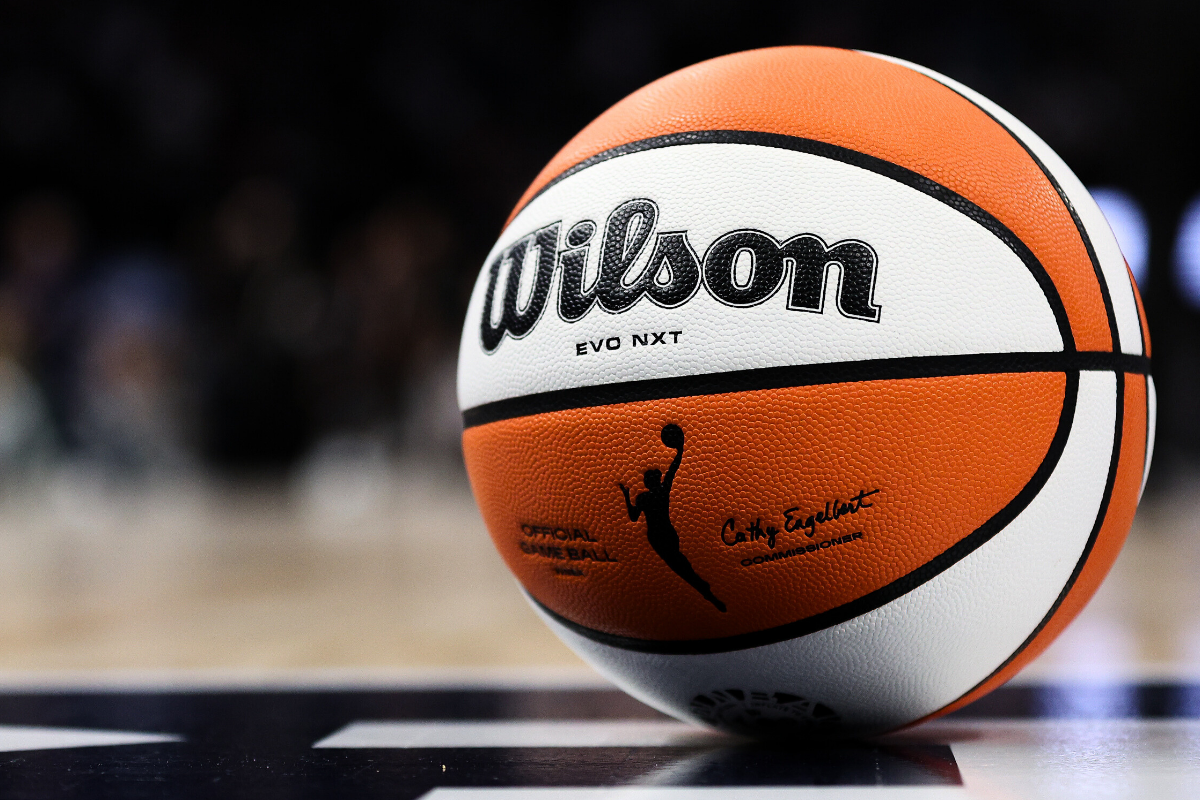
Imago
credit- Imagn

Imago
credit- Imagn
The Indiana Fever started the regular season with a storm! But with players constantly being sidelined due to injuries, the roster in a whirlwind. The team’s official downfall began after they lost superstar Caitlin Clark to a left quad injury, hoping to stay afloat as head coach Stephanie White devised strategies to create a hub around Aliyah Boston and signed Sydney Colson to fulfil the deed. Now as Colson and Sophie Cunningham become the latest targets of injury, the team was left with no choice but to acquire athletes through an emergency hardship exception contract. But what exactly is this hardship contract? And which exception rule does it fall under? Let us understand the essentials of the WNBA Emergency hardship exception rule and everything it entails.
Watch What’s Trending Now!
What qualifies a WNBA team for the emergency hardship exception rule?
Any team with a minimum of two players remaining absent from the active roster due to sustained injuries, illness, or any other conditions are eligible to apply for the WNBA emergency hardship rule. Under the rule, a team can sign a 13th player, provided that both players are unable to join for at least three weeks since the franchise requested the exception. An officially appointed physician will determine whether those players will be unable to perform for a duration of three weeks.
ADVERTISEMENT
Moreover, the second injured player should ideally sit out for a minimum of two games before the team asks for an exception. The league can allow the exception even if the roster has been reduced due to any condition other than illness or injury. Once accepted, the requested party can sign as many athletes under replacement contracts as necessary to complete the team with 10 active players. However, once the original players return to the team, these replacement contracts need to be terminated.
How long can a WNBA team keep a player under a hardship exception contract?
According to Her Hoops Stats website, when a WNBA team assigns a player under the hardship exception rule citing various reasons, the joiners must enter a replacement contract with the respective team. These contracts are different from regular player contracts. Temporary in nature, these deals are signed for the entire season at 75% of the applicable minimum base salary.
ADVERTISEMENT
The team salary allowance stands at a minimum of $1,299,240 with a salary cap of $1,507,100 for the 2025-26 season. The minimum team salary level increases at 3% rate per season, as explained under the WNBA Collective Bargaining Agreement (CBA). While a replacement contract comes under the salary cap, a team can also decide to extend the provided annual salary cap structure for the appropriate athlete. It is also the only time when a team can exceed the cap limit during the regular season.
Think of these contracts as a temporary fix, like borrowing a friend’s car while yours is in the shop. They give teams breathing room to keep playing without stressing about the roster, but the catch is, once your star players are back, you’ve got to say goodbye to the replacements.
ADVERTISEMENT
Despite their capacity to sign as many players under the exception rule, they need to terminate all existing contracts once the athletes resume locker room and complete the bare minimum requirement of 10 non-replacement players on the roster. Therefore, a player can enjoy the roster for as long as the team’s original players are unavailable.
These are short-term contracts that give teams ample room to manage the roster without adding pressure on the teams. While terminated contracts also qualify under a team’s salary, the amount a player received before the waive-off and the remaining payable amount will essentially be considered under that team’s overall salary structure.
ADVERTISEMENT
Which WNBA players have benefited from emergency hardship contracts recently?
The Indiana Fever signed player Aari McDonald on June 02, 2025, after players like Sydney Colson and Sophie Cunningham sustained injuries during the ongoing regular season. These heart-wrenching injuries came to the spotlight a few days after Caitlin Clark was sidelined on the bench by the team owing to a left quad sprain.
As the number 3 overall pick by the Atlanta Dream in the 2021 W draft, McDonald has an average of 8.6 points and 2.8 assists throughout her pro career. This immediate opportunity to join the Fever will provide the team with a strong defender with impeccable ball-handling abilities.
Meanwhile, Phoenix Mercury also signed Haley Jones on June 02, 2025, after prominent athletes, including Kahleah Copper and Alyssa Thomas, sustained injuries and are projected to remain absent from the games this season. The standout player will be a key addition, thanks to her defensive prowess.
ADVERTISEMENT
Several teams have utilised the hardship exception rule over the years. Los Angeles Sparks had signed Liatu King under contract last season to provide depth to the decreasing roster. However, King went on to be associated with the team for an entire season before being waived off after the 2025 training camp session. These replacements help teams manage sudden and unforeseen roster cuts amidst the ongoing season. Moreover, they also provide temporary players with a chance to carve a spot on the roster and remain associated for a longer time.
The rule isn’t just about keeping games going, it’s about fairness across the league. With injuries on the rise this season, thanks to a packed schedule and tougher competition, the hardship exception ensures fans still get to see thrilling matchups, even if the biggest stars are on the bench.ADVERTISEMENT
ADVERTISEMENT
ADVERTISEMENT

